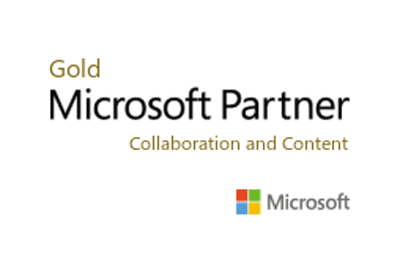Big Data has changed the workplace in many ways. Businesses are now having to search for methods of storage which are more expansive and flexible than ever before. Plus, we’re seeing a shift from SMEs with a focus on data storage to a focus on finding effective sorting methods. This is because they now need help constructively utilizing all the data that’s being collected.
But what happens when this data gets erased? Accidents and unforeseen circumstances happen. Whether it’s due to a hurricane or a hacker, sometimes systems go down and data gets deleted. When you have a proper plan in place, though, dealing with lost data can be a walk in the park.
Backups

You hear about the value of backups all the time. Every tech expert knows that backing up data is the key to keeping it safe and retrievable in case of an emergency – especially if you back up to multiple places. Backing up to a server and the cloud, for example, ensures that if either is compromised, you still have an emergency data reservoir.
Backing up is great, but is it enough?
Disaster Recovery
“Disaster recovery” and “backup” are terms that should not be used interchangeably, even though they often times are. Backing up data is an important element of DR, but that’s all it is — one piece of a complete strategy.
A proper DR plan will include a variety of tactics that work cohesively to keep your data safe and accessible in case of an emergency. You’ll have 360 degrees of protection that safeguard your business from hackers and natural disasters, making every bit of data collected accessible to you in a pinch.
The Big Difference
The sheer amount of data you can recover with a disaster recovery plan vs. backups is one major difference. If you back up to a tape or server, even if you have stored every bit of data in existence produced by your business, your ability to recover that data is limited to the time it takes for you to bring it back to life. When you back up without a strategic recovery plan, you’re not considering the proper ways of storing data to make the recovery process as quick and painless as possible.
Strategizing your business’ DR means you’re saving your backups to places where they’re able to be recovered, fast. You’ve planned it out meticulously and are ready in case of an emergency.
This blog was originally published on the StorageCraft blog.



